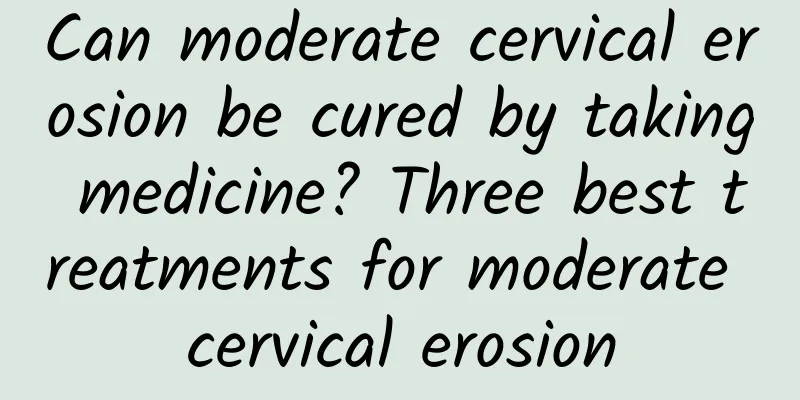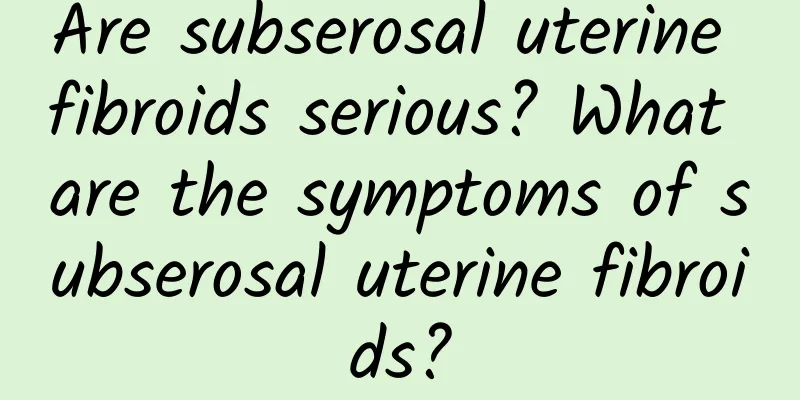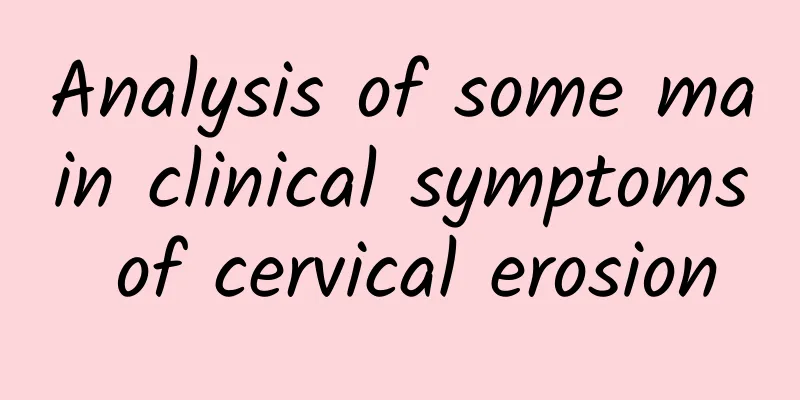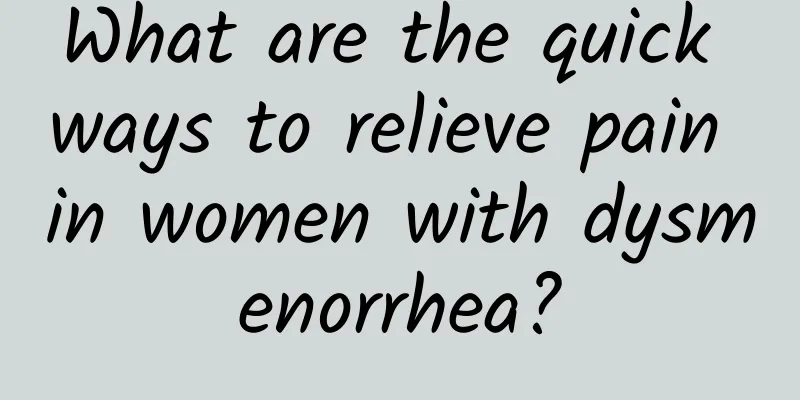What are the symptoms of uterine fibroids? How to prevent and treat uterine fibroids?
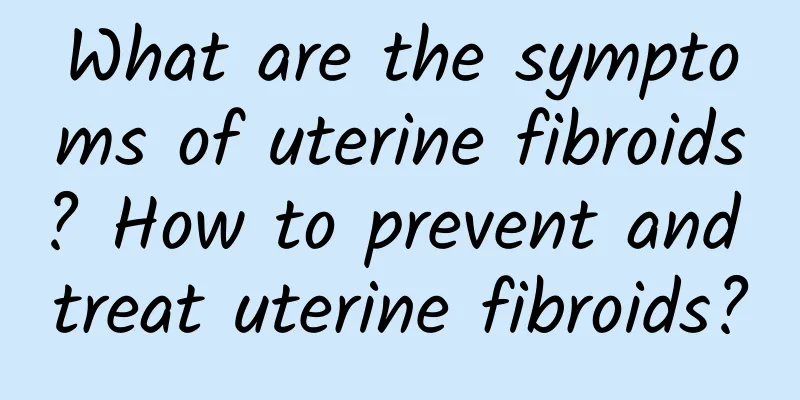
|
Uterine fibroids are common benign tumors in the female reproductive system, mainly occurring in women aged 30-50 years old. Uterine fibroids usually stop growing after menopause. The occurrence of uterine fibroids is closely related to ovarian endocrine disorders and estrogen metabolism, especially in the case of only estrogen and no progesterone. Uterine fibroids are spherical solid tumors composed of uterine smooth muscle and collagen fiber proliferation. Its common symptoms are: vaginal bleeding, menorrhagia, prolonged menstruation with secondary anemia. When the fibroids are larger, the patient may feel or touch a lump in the lower abdomen. Compression or traction on the bladder may cause frequent urination. Compression of the rectum may cause constipation. Compression of the pelvic cavity may cause back pain. Because it compresses the fallopian tubes and affects the combination of sperm and egg, it can lead to infertility after marriage. If it is in the middle and late stages of pregnancy, the fetus may be in an incorrect position due to uterine fibroids, affecting uterine contraction and easily leading to premature birth. For uterine fibroids in elderly women, we should be alert to malignant changes. If the fibroids increase rapidly in a short period of time and are accompanied by uterine bleeding, especially after menopause, the fibroids will not only not shrink, but will continue to increase. At this time, we should be alert to malignant changes. Young women with fertility requirements and unobstructed fallopian tubes are often reluctant to undergo surgery. According to the nature of uterine fibroids, Tumor Ke (special type of gynecology) applies tumor-eliminating drugs to the lower abdomen and navel (Shenque acupoint), which is like an invisible scalpel to soften the tumor, shrink and disappear. No surgery can play the role of surgery, no pain, no trauma, and no recurrence. Therefore, it is a new method for treating uterine fibroids. Hard nodules. The boundary between the nodules and the surrounding tissues is unclear, there is no adhesion to the skin and pectoral muscle fascia, and they can be moved. The axillary lymph nodes are not swollen. Patients often feel breast pain, especially before menstruation. Sometimes a small amount of yellow-green, brown or blood flows out of the nipple. Breast cystic hyperplasia develops slowly and lasts for several years. |
<<: Symptoms of uterine fibroids: Can most patients with uterine fibroids get pregnant?
>>: Symptoms and complications of serosal uterine fibroids
Recommend
Do you really think you can lose weight by eating less? Nutritionists say...
Everyone knows that to lose weight you need to &q...
Beware! Low back pain is a warning sign of pelvic inflammatory disease
What are the symptoms of pelvic inflammatory dise...
Sticky discharge during menstrual period
Sticky discharge during menstrual period Menstrua...
A brief discussion on how to prevent vaginitis among white-collar women
Vaginitis is a common gynecological inflammation,...
How to calculate the menstrual cycle and what kind of menstrual cycle is normal
How to calculate menstrual cycle? What kind of me...
What medicine can cure cervical warts
Since TCM treatment is easy to obtain and the tre...
Autoimmune diseases can cause premature ovarian failure and amenorrhea
Premature ovarian failure amenorrhea refers to se...
What is the reason for recurring candidal vaginitis?
Candidiasis generally refers to vulvovaginal cand...
Can uterine fibroids cause inflammation?
Can uterine fibroids cause any inflammation? Can ...
How to treat endometriosis with drugs
The treatment of endometriosis mainly includes ho...
What medicine can cure miscarriage?
What medicine can cure miscarriage? Although ther...
What is the best way to eliminate uterine fibroids? What medicine is good for eliminating uterine fibroids?
What is a good way to eliminate uterine fibroids?...
What should women do when they have irregular menstruation during menopause?
Irregular menstruation is an important symptom of...
What are the symptoms of premature ovarian failure
What are the symptoms of premature ovarian failur...
What are the treatments for vulvar itching?
Almost all women of childbearing age have experie...


